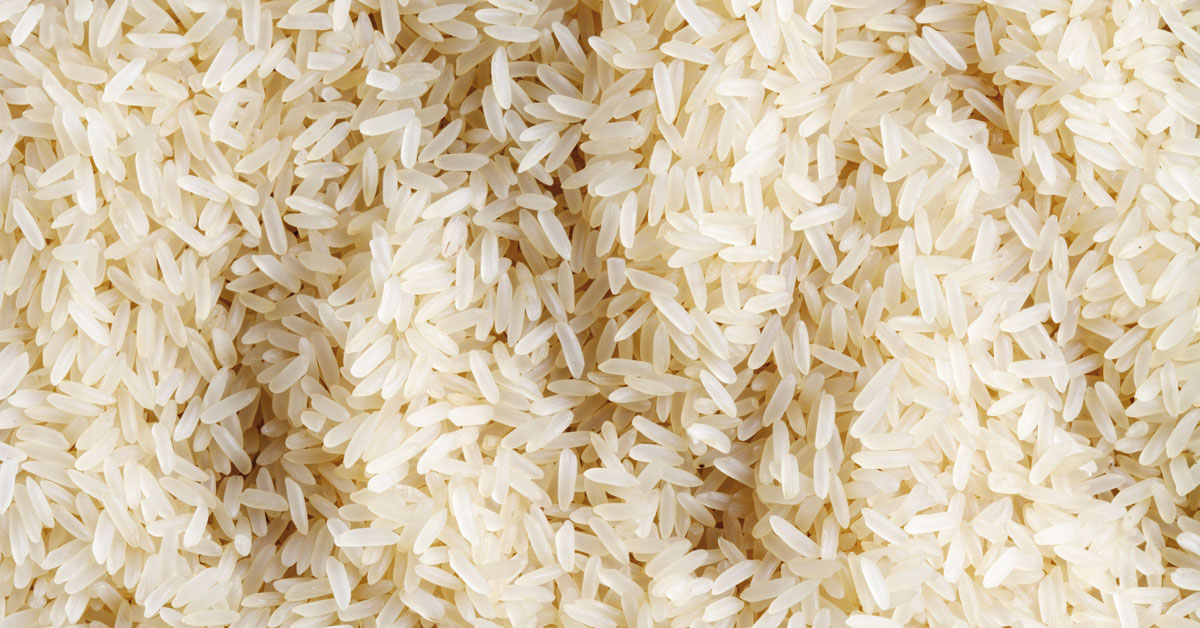Parboiled rice refers to a partially pre-cooked state of rice in its inedible husk before being processed for final consumption.
Rice when parboiled, changes colour from the pale, white shade to a significant light yellow/amber colour. This is as a result of the pigments leaving the bran and husk into the starchy endosperm of the rice.
Parboiling involves 3 main steps; Soaking, Steaming and Drying.
- Soaking: Here, raw rice (unhusked) is soaked in warm water to increase its moisture.
- Steaming: Upon soaking, the next thing is to steam the rice until the starch becomes converted into a gelatinous form. Steaming incorporates heat used to destroy harmful bacteria and other microorganisms.
- Drying: The steamed rice is slowly dried to remove moisture and prepare it for milling
You might be wondering, “this is not the method/type of Parboiled rice I know”. No worries.
A lot of us are probably familiar with the regular parboiling of rice we do at the comfort of our homes which involves;
- pre-cooking raw rice without any prior action
- removing the now parboiled rice from the fire and draining its water
- rinsing properly with clean water
- continuing cooking the rice with fresh water and adequate salt.
Well, it’s still the same act of parboiling.
READ ALSO: Meditation Goes Beyond Just a Religious Exercise
How Parboiled Rice Affects Blood Sugar
Parboiled rice contains rich amounts of resistant starch and high protein content, this then gives it a lesser blood-sugar-spike action than other types of rice. In simple terms, parboiled rice may not increase your blood sugar the way other rice types do.
Studies have shown that eating parboiled rice can actively reduce the rise in blood sugar in people with type 2 diabetes than when they eat regular white rice.
A research theory has made it known that consuming cold leftover parboiled rice which is then warmed can further lower its impact on blood sugar.
However, more research needs to be conducted as regards the potential effects of parboiled rice on blood sugar control in humans.
The major setback faced with consuming parboiled rice is that it is not as nutritious as brown rice.

